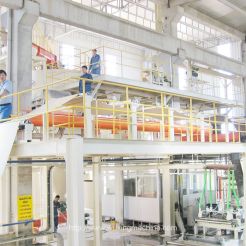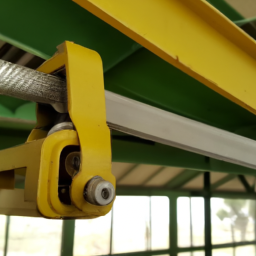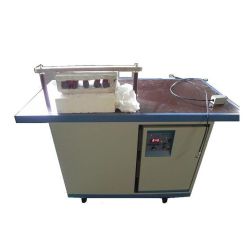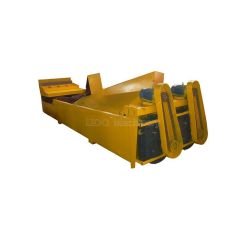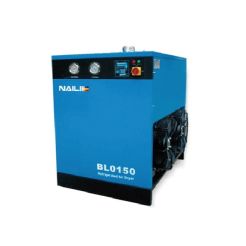Sawdust and Sawdust Briquetting Machine
Sawdust and Sawdust Briquetting Machine
Product Description
Sawdust and Sawdust Briquetting Machine
Sawdust is a byproduct of wood processing, obtained from cutting, grinding, or sanding wood. It consists of fine particles and small wood chips, making it lightweight and versatile. Sawdust has a variety of applications ranging from animal bedding to mulching, but one of its most energy-efficient uses is as a fuel source. To facilitate the utilization of sawdust as a viable energy option, the sawdust briquetting machine plays a crucial role. This product description aims to outline the characteristics and benefits of sawdust and sawdust briquetting machines.
Sawdust Characteristics: 1. Renewable Resource: Sawdust is a renewable resource as it is a byproduct of wood processing. It can be constantly generated as long as wood is being utilized, making it an environmentally friendly option.
2. Abundant Availability: Sawdust is widely available in woodworking factories, furniture manufacturing plants, sawmills, and carpentry workshops. This abundant availability ensures a steady supply for various applications and reduces the dependence on finite energy sources.
3. High Energy Content: Sawdust has a high energy content due to its composition of lignin, cellulose, and hemicellulose. This makes it an ideal candidate for energy production by converting it into compact and easy-to-handle briquettes.
4. Easy Handling and Storage: Sawdust's light and fibrous nature enable easy handling and transportation. It can be conveniently stored in bags or stacked in bulk, occupying less space than loose material.
Benefits of Sawdust Utilization: 1. Energy Generation: Sawdust is an excellent source of renewable energy when efficiently utilized. It can be burned directly, but its combustion is optimized through briquetting, resulting in higher thermal efficiency, reduced emissions, and improved energy output.
2. Environmentally Friendly: By using sawdust as a fuel source, we contribute to the reduction of greenhouse gas emissions. It is a carbon-neutral option as the carbon dioxide released during its burning is offset by the absorption of an equal amount of carbon dioxide during the growth of trees.
3. Cost-Effective: Utilizing sawdust as fuel can significantly reduce energy costs for industries and households. It is often cheaper than traditional fossil fuels and has a more stable price as it depends on wood processing rather than global market fluctuations.
4. Waste Management: Proper utilization of sawdust reduces waste generation and disposal requirements. This aids in maintaining cleanliness and hygiene in woodworking facilities while creating a circular economy by converting a byproduct into a valuable resource.

